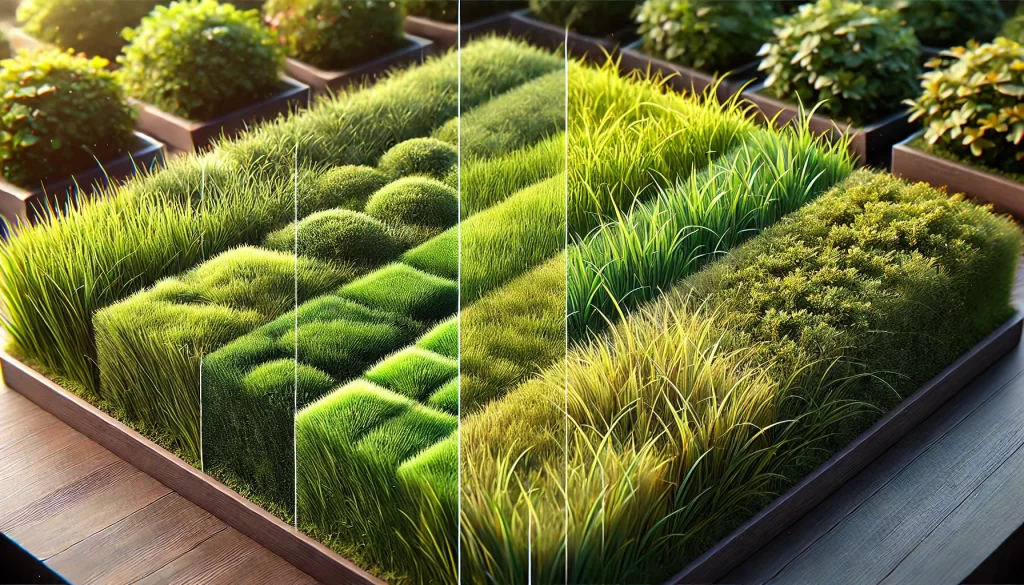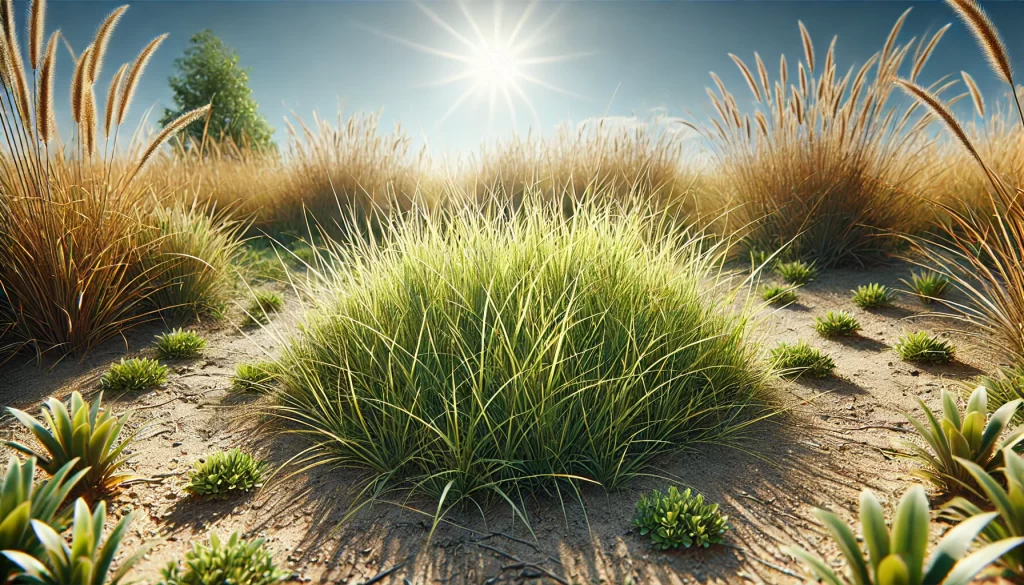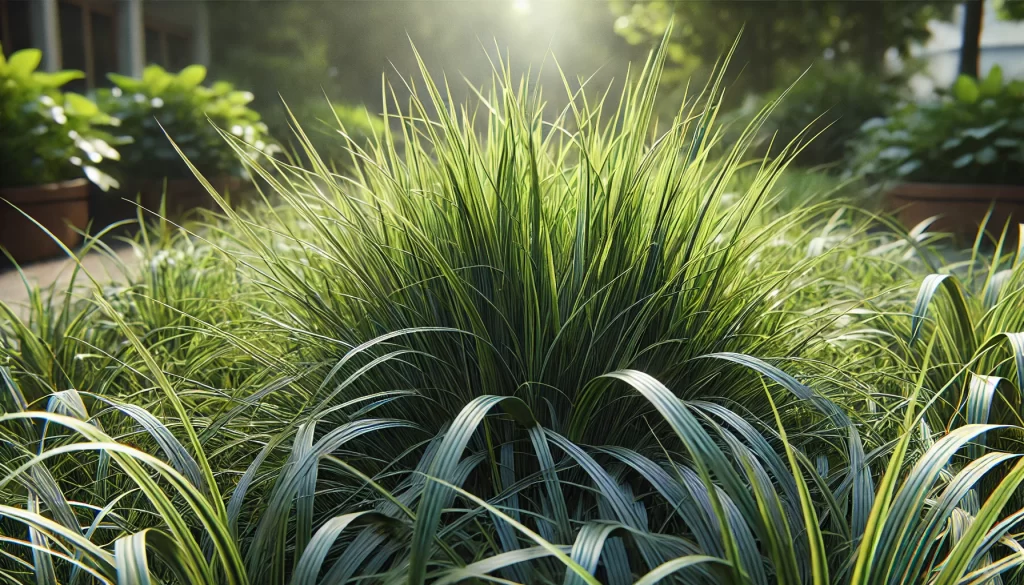When it comes to designing and maintaining green spaces, the type of grass you choose can make a significant difference in the appearance and functionality of your garden, park, or sports field. Grass not only beautifies environments but also influences the durability of the area and the ease of its maintenance. With a wide variety of species available, each with unique characteristics adapted to different climates and uses, it is essential to understand the options available to make informed decisions. In this article, we will explore the different types of grass, from those that thrive in warm climates to those that withstand colder temperatures.

Types of Grass
Of course, here is a description of the main types of grass without using sub-lists:
Warm-Climate Grass
Bermuda Grass (Cynodon dactylon)
It is known for its fast and dense growth, with fine leaves. It is very resistant to heat and drought, making it ideal for areas with high sun exposure, sports fields, and gardens in warm regions. It requires regular watering during extreme heat and benefits from frequent mowing.

Zoysia Grass (Zoysia japonica)
It has a slow and dense growth, with fine leaves. This type of grass is resistant to heat and drought, as well as tolerant to traffic, making it suitable for warm and humid climates. Its slow growth reduces the frequency of mowing but may require aeration.
Temperate-Climate Grass
Fescue Grass (Festuca arundinacea)
It is a grass with fine leaves that grows vertically. It is tolerant to shade and cold, as well as resistant to drought. It is ideal for areas with partial shade or in temperate climates. It needs regular watering during heat and fertilization to maintain a deep green color.

Ryegrass (Lolium perenne)
It has fast growth with fine and finely textured leaves. It prefers cool and humid climates, being common in seasonal lawns or as transition grass in cold areas. It requires frequent watering and mowing and may need fertilization to maintain its appearance.
Cold-Climate Grass
Bluegrass (Poa pratensis)
It has fine leaves and dense growth, forming a soft and elegant carpet. It is cold-resistant and adapts well to cool conditions, making it ideal for regions with cold winters and cool summers. It needs watering during dry periods and may require aeration in compacted soils.
Special-Use Grass
Artificial Grass
It is made of synthetic materials like nylon or polyethylene. It offers a consistent green appearance and requires little maintenance. It is ideal for areas with limited access to irrigation, high-traffic zones, or decorations in gardens and sports fields. Maintenance includes periodic cleaning and may require replacement over time.

Additional Considerations
It is important to consider the adaptability of the grass to local conditions, such as soil type and climate. Additionally, the primary use of the grass (aesthetic, recreational, sports) should guide the choice of the most suitable type. Some types of grass require more care than others, so knowing their specific needs is crucial to maintaining a healthy and aesthetically pleasing green area.
 AgronoBlog – Agriculture Blog
AgronoBlog – Agriculture Blog 
